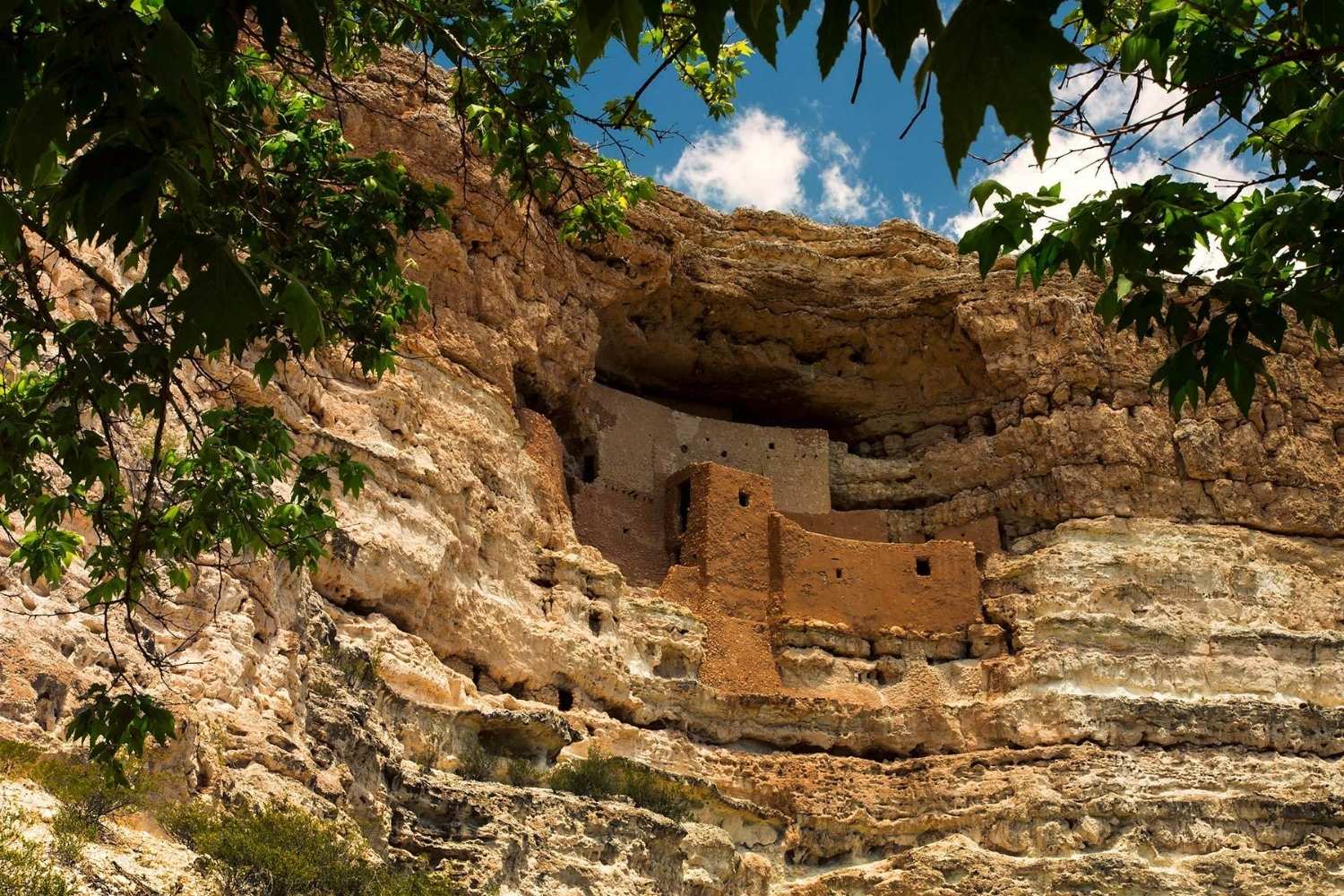Secrets Of Arizona’s Sinagua Settlements

Have you ever wondered about the ancient civilizations that once thrived in Arizona? The Sinagua people, who lived from around 500 to 1425 AD, left behind fascinating settlements and artifacts. Their name, meaning "without water," reflects their incredible ability to adapt to the arid environment. From the cliff dwellings of Montezuma Castle to the mysterious ruins of Wupatki, these sites offer a glimpse into a world long past. Visiting these locations not only provides a historical adventure but also a chance to appreciate the ingenuity and resilience of the Sinagua. Ready to step back in time and explore these ancient wonders?
Secrets of Arizona's Sinagua Settlements
Arizona's Sinagua settlements hold many secrets waiting to be uncovered. These ancient sites, built by the Sinagua people, offer a glimpse into a civilization that thrived in the harsh desert landscape. Let's explore some of these fascinating locations.
Montezuma Castle
Montezuma Castle, a five-story cliff dwelling, is one of the best-preserved Sinagua sites. Nestled in a limestone cliff, it offers a peek into the daily lives of its inhabitants.
- Montezuma Castle: This impressive structure, built around 1100 AD, housed around 35 people. Its strategic location provided protection from enemies and the elements.
Tuzigoot National Monument
Tuzigoot National Monument showcases the ingenuity of the Sinagua people. This hilltop pueblo offers stunning views and insights into their architectural prowess.
- Tuzigoot National Monument: Constructed between 1000 and 1400 AD, Tuzigoot consists of 110 rooms. The Sinagua used local materials like limestone and sandstone to build this sprawling complex.
Walnut Canyon National Monument
Walnut Canyon National Monument features cliff dwellings nestled in a scenic canyon. These homes reveal the adaptability of the Sinagua people to their environment.
- Walnut Canyon National Monument: The Sinagua built these cliff dwellings between 1100 and 1250 AD. The canyon provided natural protection and resources like water and food.
Wupatki National Monument
Wupatki National Monument is a testament to the Sinagua's ability to thrive in a harsh desert environment. This site includes several well-preserved pueblos.
- Wupatki National Monument: Wupatki, meaning "Tall House" in Hopi, was a major trading center. Built around 500 AD, it features over 100 rooms, a ball court, and a community room.
Honanki Heritage Site
Honanki Heritage Site offers a glimpse into the spiritual life of the Sinagua people. This site includes cliff dwellings and rock art that tell stories of their beliefs and rituals.
- Honanki Heritage Site: Dating back to 1100 AD, Honanki features over 70 rooms and numerous petroglyphs. The rock art depicts animals, humans, and symbols significant to the Sinagua culture.
Palatki Heritage Site
Palatki Heritage Site, like Honanki, provides insights into the spiritual and daily lives of the Sinagua. This site includes cliff dwellings and rock art panels.
- Palatki Heritage Site: Palatki, meaning "Red House" in Hopi, was inhabited from 1100 to 1400 AD. The site features two main cliff dwelling areas and numerous rock art panels.
Montezuma Well
Montezuma Well, a natural limestone sinkhole, was a vital water source for the Sinagua. This unique site also includes cliff dwellings and irrigation canals.
- Montezuma Well: The Sinagua utilized Montezuma Well from 900 to 1400 AD. The well's constant water supply supported agriculture and daily life in the arid region.
Discovering Arizona's Sinagua Settlements
Exploring Arizona's Sinagua settlements offers a glimpse into the lives of an ancient people. These sites, like Montezuma Castle and Tuzigoot, reveal the ingenuity and adaptability of the Sinagua. Their impressive cliff dwellings and pueblos show how they thrived in a challenging environment. Visiting these places, you can almost feel the history and culture that once flourished there.
Learning about the Sinagua also highlights the importance of preserving these historical sites. They are not just remnants of the past but valuable pieces of our shared heritage. By visiting and supporting these locations, we help ensure that future generations can also appreciate and learn from them.
So, next time you're in Arizona, take a moment to step back in time and experience the rich history of the Sinagua settlements. It's a journey worth taking.

